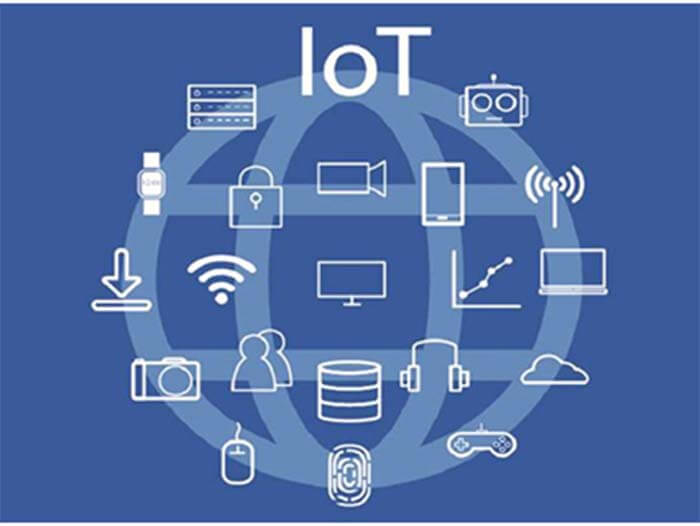
There has three significance of IoT warehouse management applications.
With the continuous penetration of IoT technology, the warehousing industry has ushered in a new turnaround. What is the specific application significance of IoT warehouse management?
IoT Warehouse Management Application Significance 1: To achieve effective inventory management
Through RFID sensors, Bluetooth trackers can track the goods in real-time and update the inventory status in time. If the inventory is insufficient, the IoT system will issue a shortage warning and even achieve automatic replenishment.
IoT can also effectively establish an information-sharing mechanism so that all parties in the logistics supply chain throughout the process of the RFID system to read the data for multi-party verification, timely correction of error information to ensure the accuracy of inventory.
IoT Warehouse Management Application Significance 2: Improve warehouse operation efficiency
Through automatic picking robot, AGV (Automatic guided vehicle) instead of the traditional manual, can be saved time and effort, speeding up the rate of picking. AGV ensures the safety of operations such as goods on the shelves, reducing human error, simplifying the warehouse operation process, thereby improving the overall operational efficiency of the warehouse.
IoT Warehouse Management Application Significance 3: Can carry out the time control
RFID electronic tag stores the time information of the goods so that when the goods enter the warehouse. The information can be automatically read out and stored in the database. The porter can be installed on the shelf reader or handheld reader on the prompt to such goods, to avoid the loss caused by food and other expired.
What is the relationship between IoT, RFID, and EPC in IoT Warehouse Management?
With the continuous development of society, the concept of IoT has become very complicated. Mainly when AI technology emerged, IoT then gained more imagination. However, fundamentally, the core vision of IoT, the Internet of Everything, has not changed, and this is very closely related to RFID and EPC.
The concept of the Internet of Things from the birth of RFID technology has a close relationship. In 1999, MIT Auto-ID (MIT Auto-ID) Center proposed new global object information sharing in real-time physical Internet solutions. The early development of the Internet of Things is the initial idea.
In a holistic sense, IoT is an extension and expansion of the Internet, and its foundation and core are still the internets. However, with the integration of communication identification, AI, sensing, cloud computing, big data, and other technologies, and the extension of IoT to different application scenarios, its volume, and complexity will be much higher than the Internet.
Europe and the United States first proposed EPC. Its goal is to achieve a global logistics tracking system based on RFID technology for global item tracking, one of the most typical and early models of IoT.
EPC is a unique RFID technology system. First of all, EPC involves only two frequency bands of RFID, high frequency and ultra-high frequency, and has a complete set of technical specifications, including system architecture, coding, analysis, information dissemination, etc. The focus of EPC is on the global circulation of goods based in the field of the logistics supply chain.
We can summarize the relationship between IoT, RFID, and EPC in IoT Warehouse Management:
RFID is an essential identification technology in IoT applications.
EPC is a unique, standardized, global logistics-oriented RFID technology and application model.
EPC is an early typical IoT application system.

Besides the 3 IoT Warehouse Management Application Significance article, you may also be interested in the below articles.
What is the difference between WIFI and WLAN?
Summary of 41 Basic Knowledge of LTE
What Is The 5G Network Slicing?
